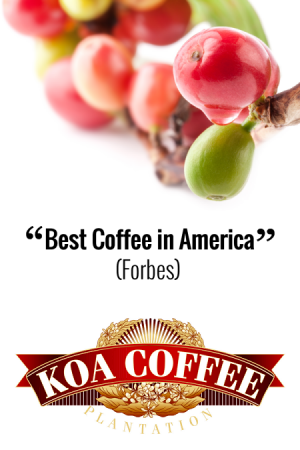What Coffee Beans Can You Use to Make Espresso
Bins of coffee beans stretch out in seemingly endless rows. The grinder has too many settings and you are not sure of the difference between a French roast and an Italian one. How do you know which beans make the best espresso?
It is best to start with the basics. Cappuccinos and lattes are variations on espresso. They differ only in their ratio of espresso to steamed milk. Neither requires its own separate kind of bean.
The uneducated consumer could easily be overwhelmed by trying to chose from the multitude of beans on the market, but do not despair. Sellers sometimes take advantage of the common misconception that there is a multiplicity of beans to give the impression of a large and varied inventory. In reality, only two kinds of beans are available commercially: Arabica and Robusta.
Arabica is grown at high altitudes, a minimum of 2,400 feet above sea level, and has a smooth, slightly acidic taste. It is generally grown in eastern Africa and Central and South America. Robusta is grown in lower altitudes and has a more forceful, slightly bitter taste. It can be found in Southeast Asia, central Africa and Latin America.
All roasters subscribe to their own methods and beliefs about roasting, but in the basic process the green, raw coffee bean is exposed to temperatures of 480 degrees Fahrenheit or higher, usually for seven to 12 minutes. The heat tampers with the natural acidity and bitterness of the bean. The longer the roasting time, the more bitter and the less acidic the beans become.
There is no one right way to roast or grind beans for espresso. In fact, espresso is usually made with a blend of beans of different colors and consistencies. It is not uncommon for different geographical areas to favor a specific blend. For example, in northern Italy, they prefer espresso roast in the medium range, while California tastes lean toward the darker, French roast.
The chances of getting fresh beans in a supermarket are slim to none, and that is a fact when talking about pre ground coffee. Your best bet is to pay close attention to the expiration date on the package. When buying from a coffee house, the best way to guarantee freshness is to get the most popular, fastest-selling bean. The quicker the bean sells, the faster more will have to be roasted, increasing your odds of getting the most freshly roasted beans. Ideal freshness results from grinding your own fresh roasted beans immediately before brewing.
It is also important to consider the time lapses in the roasting-grinding-brewing time cycle of coffee. The condition of the equipment used and the quality of the water are also important factors. No doubt the debate over what constitutes the best beans will be endless, but in the end it is only a matter of taste.




